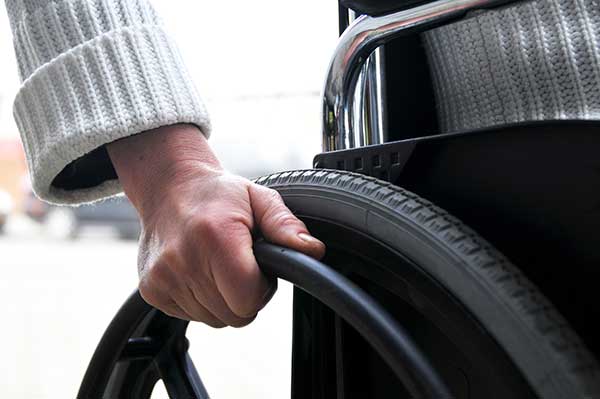We have a feeling this is the start of something very big. For the very first time, researchers have discovered a way to electrically stimulate the spinal cord to produce voluntary movement. Yes — voluntary.
You may be thinking you’ve heard of electrical stimulation before, and you have. It is frequently used to make people with paralysis move — but that movement has always been involuntary. Not this time. From CNN:
At her research lab at the University of Louisville, neuroscientist Susan Harkema turned her back to her study subject to check a reading on a computer screen.
“Hey Susie, look at this,” the patient called out to her. “I can move my toe!”
That must be an involuntary spasm, she thought. She asked the patient, Rob Summers, to lie down and close his eyes and follow her commands.
“Move your left toe,” she said to him — and he did. “Move your right toe,” she asked — and he did.
Over the next five years, Harkema studied the technique on three more men with paralysis. The men all had stimulators surgically implanted in their abdomens. The stimulator is hooked up to wires that send electrical impulses to the muscles. Over the course of the study, they all developed some pretty major movements beyond wiggling their toes. They can all lift and swing their legs, move their ankles and sit up without any support; two of the men can even do sit-ups.
For now, walking is not possible with this technology. The stimulator can only work with one muscle group at a time. But there are an innumerable amount of other benefits. One participant noted he had “dramatically improved bladder, bowel and sexual function,” and tests showed that all of the participants “became healthier in general with improved heart and respiratory function.”
This is a HUGE discovery — and we’ve only just scratched the surface of what is possible. The researchers just received funding to implant the device in 8 more patients, and hope to work with a device company to figure out a way to stimulate more than one muscle group at a time. It’s possible that, in time, this device will become commercially available.
Until then, we remain in awe of this discovery — and we can’t wait to see what they will come up with next.
We want to hear from you! What do you think about this new technology? Would you try it?









